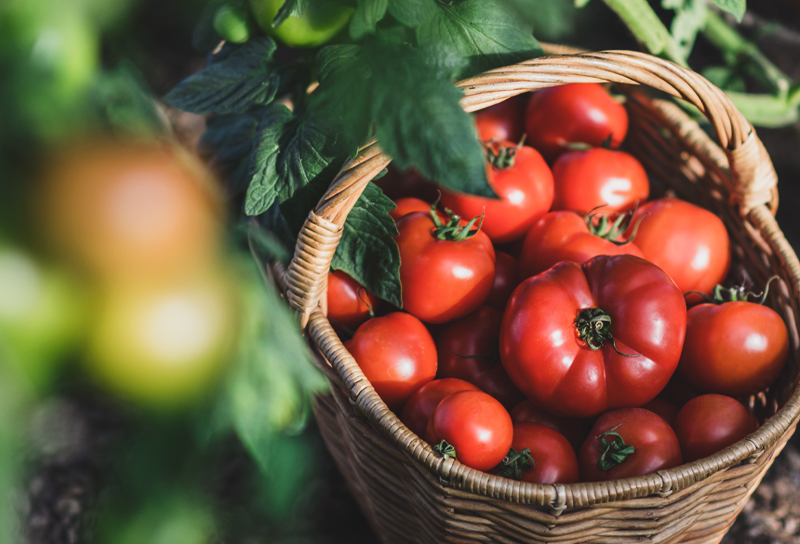Kate George, our CEO and founder, loves gardening. She’s always enjoyed watching things grow: she finds beauty in the transformation from a tiny little seed to a blossoming flower or flourishing tomato plant in her vegetable garden.
Gardening is also a genuinely joy-filled experience for those stuck at home. It provides purpose, motivation, and there’s nothing better than preparing a meal with produce from your own garden!
If you’re an amateur green thumb, Kate created a vegetable gardening guide for beginners that will help you to plan and grow. It is also a great way to train other skills such as; patience, planning, responsibility, and perseverance. Gardening is incredibly rewarding, so read on to discover how to start a vegetable garden:
1) Location, Location, Location!
You hear this in real estate all the time, and it’s also true for gardening. Choose a space with ample sun and make sure you have a hose that can reach the location.
2) Size Matters
A good size for a beginner’s vegetable garden is about 10×10 feet. That allows enough space for up to 5 different veggie varietals.
3) Pick a Winning Team
There are SO many veggies to choose from. Pick your favorite varieties and note that some are easier to grow than others. A few of my ‘easy to grow’ favs: carrots, beans, cucumber, lettuces (spinach, kale, arugula).
4) Soil is King
I can’t overstate the importance of soil. The best soil for vegetables includes lots of compost and organic matter with nitrogen, phosphorus, and potassium nutrients. Try reaching out to your local gardening shop to see if they are selling compost specific to your area. If not, any mainstream store has good soil options specific for veggies.
5) Timing is Everything
Based on your specific location, you should follow a local gardening schedule. A quick internet search can advise on what to plant when. Successive crops are just the bee’s knees! Planting both cool- and warm-weather vegetables will give you a harvest of vegetables and herbs continuously through the spring, summer, and fall. For example, I planted my cold weather crops – radish, spinach, peas – about a month ago. And once I harvest those, I will plant the warm weather crops – broccoli, beets, and cucumbers.
6) Embrace Conformity
I am a rule-breaker at heart 😉 but I’ve learned the importance of following the seed planting instructions very carefully. The pros know what makes the best and happiest plants.
7) Just Add Water
Gently spray the garden with water to keep the soil evenly moist throughout the growing season. Add a spray nozzle for your hose so you can create a gentle rain-like mist for your garden.
8) As you Sow so Shall you Reap
Harvesting your vegetables is what gardening is all about. Many vegetables can even be harvested multiple times during the growing season. So pick and enjoy!

